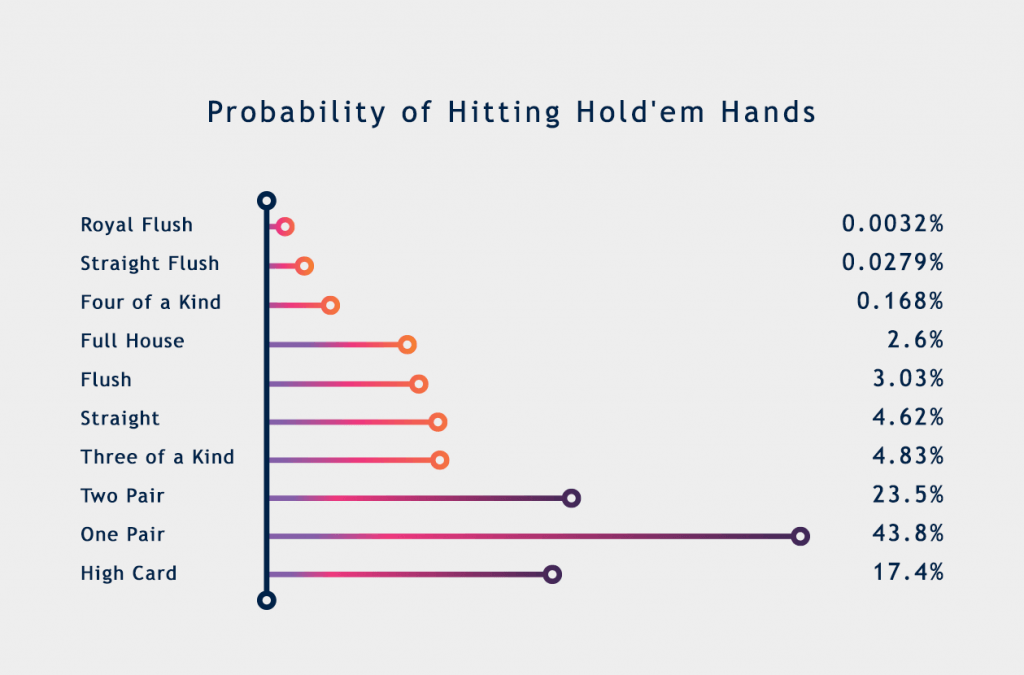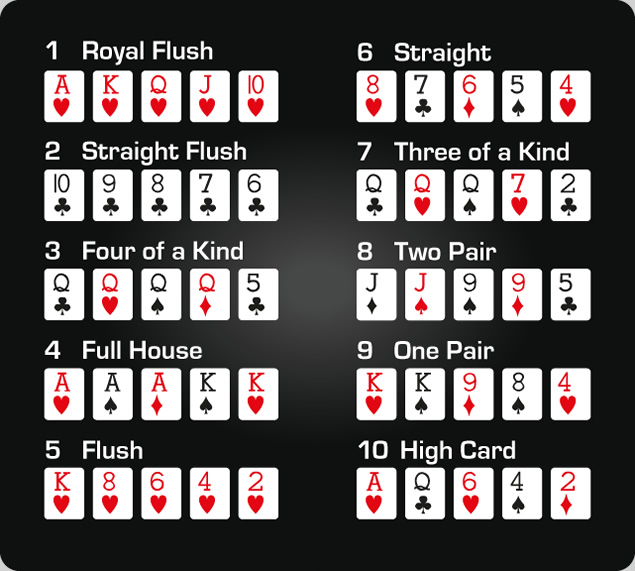Card Player Magazine, available in print and online, covers poker strategy, poker news, online and casino poker, and poker legislation. Sign up today for a digital subscription to access more than 800 magazine issues and get 26 new issues per year!

Last issue we discussed strategic considerations for when we likely held the best hand heading into the draws. In this article, the focus will be on the times when the action either confirms or makes it highly probable that we do not have the best hand. In badugi, whenever we are chasing a better hand we must consider our opponent’s range, the pot odds we are getting, and who has the betting advantage on future streets.

Running Down A Badugi
Whenever our opponent is pat and we are drawing, it’s imperative to assess the strength of his badugi range given how the hand has been played. The manner in which an opponent obtained his pat hand greatly impacts the median badugi he holds and thus the average number of outs we expect to have. If our opponent was pat from the start, the median badugi he holds is much weaker than when it was obtained via drawing, for example.
Suppose we open from the button and get three-bet by an aggressive opponent in the big blind who stands pat. Our button opening range has many weak holdings including two-card draws, thus villain is extremely likely to have any badugi in his range. He will sometimes break kings and queens that have smooth draws underneath, however, when mostly his entire badugi range is in play, the median holding is a either a queen or a rough jack.
As in most online video poker games, a hand of Jacks or Better begins with the player’s bet. He is then dealt five cards which he may keep or discard in search of a better hand at his choice. Jacks or Better - Understanding the Hands High: Any card that is a Jack or higher. IGT's version of the game is called USA Poker. Tens or Better 'Tens or Better' is a variation of 6/5 Jacks or Better. The minimum paying hand is a pair of tens, rather than a pair of Jacks. Strategy is similar between the two games, in spite of the very different full house and flush payouts.
In contrast, if a tighter opponent opens from early position and pats right away, the worst badugi he will usually show up with is a jack, and the median made hand for this range is approximately a ten.
A badugi obtained via drawing is stronger because half of the badugi-making cards will usually give an opponent an eight or better. When an opponent goes from drawing two to a pat hand, their median holding is usually a rough ten.
The median badugi that our opponent holds is critical in determining how many outs we have on average and also how to best play our hand should we also make a badugi.
In Poker Which Of The Following Is The Better Hand
Let’s go back to the situation where we opened from the button and an aggressive player in the big blind re-raises with presumably his entire badugi range. In this situation, with any reasonable one-card draw it’s correct to chase the entire way in an attempt to outdraw him. On average, we have plenty of outs and have an easy call on the turn getting 5.25:1 pot odds. In addition, throughout the entire hand we have position and mostly implied odds on our side.
In contrast, suppose we open with 4 6 7 from the lojack (UTG in a six-max game) and get re-raised by a player one seat over in the hijack. The villain initially draws one, but is pat on the second draw. In this scenario, if we have not improved, we should fold the turn even though we getting slightly better pot odds (5.75:1) than in the prior example.
Since the villain obtained his badugi on the draw, his median holding will be an eight or nine badugi, and with this stronger range and position the last round of betting generally favors your opponent. In fact, if we have not improved upon this rough draw it would probably be correct to fold the turn even if our opponent was not pat on the second draw.
Having The (Probable) Second Best Tri Hand
When we hold the probable second best three-card badugi we are never folding on the flop in a raised pot as the odds to continue are just too good. However, in once-raised pots (such as when we defend the big blind against an early position opener), we should be folding the turn when we have not improved and are quite sure we have the second-best hand. Even when our opponent does not have a badugi, he is still around a 4:1 favorite when holding the better tri hand and the pot isn’t large enough to chase.
In three-bet pots we are forced to continue on the turn with many probable second-best holdings. Suppose you open from the cutoff with 4 5 6, get re-raised by the button and both of you take one on the first draw. You don’t improve on the first two draws and your opponent was also still drawing on the second draw. On the turn, you check, villain bets, and getting 5.75:1 we require around 15 percent equity to continue.


How much equity on average do we expect to have in this situation? If our opponent failed to improve on the second draw and has A 2 5 we have approximately 19 percent equity. However, around 20 percent of the time he will have made a badugi on the second draw and in that case on average we will not have many outs. Reflecting for the fact that he may have a made a badugi on the second draw our overall average equity reduces to approximately 16-17 percent.
Since we require 15 percent equity, the decision is very close thus making 4-5-6 a borderline call-down scenario. The times we have a rougher draw such as 4-6-7 or 5-6-8 our hand should hit the muck due to reverse implied odds.
Texas Hold'em Poker Hands
If we happen to have a holding such as A-3-7 instead of 4-5-6 our situation is actually a little better because of the increased possibility of making the best hand by reducing our incomplete. For example, if we are up against A-2-5 we can win by reducing to a three card A-2-3 or A-3-4. If the A-2-5 did not improve on the second draw we have around 23 percent equity and overall approximately 20 percent after acknowledging the fact that our opponent may have improved.
If we hold any three-card five or better we have an automatic continue as there is a decent chance of holding the best hand. This is assuming of course our opponent will tend to three-bet three-card sixes and sevens, and many aggressive opponents will typically do so in a cutoff versus button dynamic.
Of course, we are playing poker so we shouldn’t always be simply calling all of the time and if we lose say, “Well, that’s a shame, next time I hope to run better.” In badugi, as in all poker games, we should occasionally attempt to make some well-timed maneuvers to try and win with the worst hand, a topic we will explore in a future article. ♠
Kevin Haney is a former actuary of MetLife but left the corporate job to focus on his passions for poker and fitness. He is co-owner of Elite Fitness Club in Oceanport, NJ and is a certified personal trainer. With regards to poker he got his start way back in 2003 and particularly enjoys taking new players interested in mixed games under his wing and quickly making them proficient in all variants. His new mixed-games website Counting Outs is a great starting resource for a plethora of games ranging from the traditional to the exotic. He can be reached at haneyk612@gmail.com.